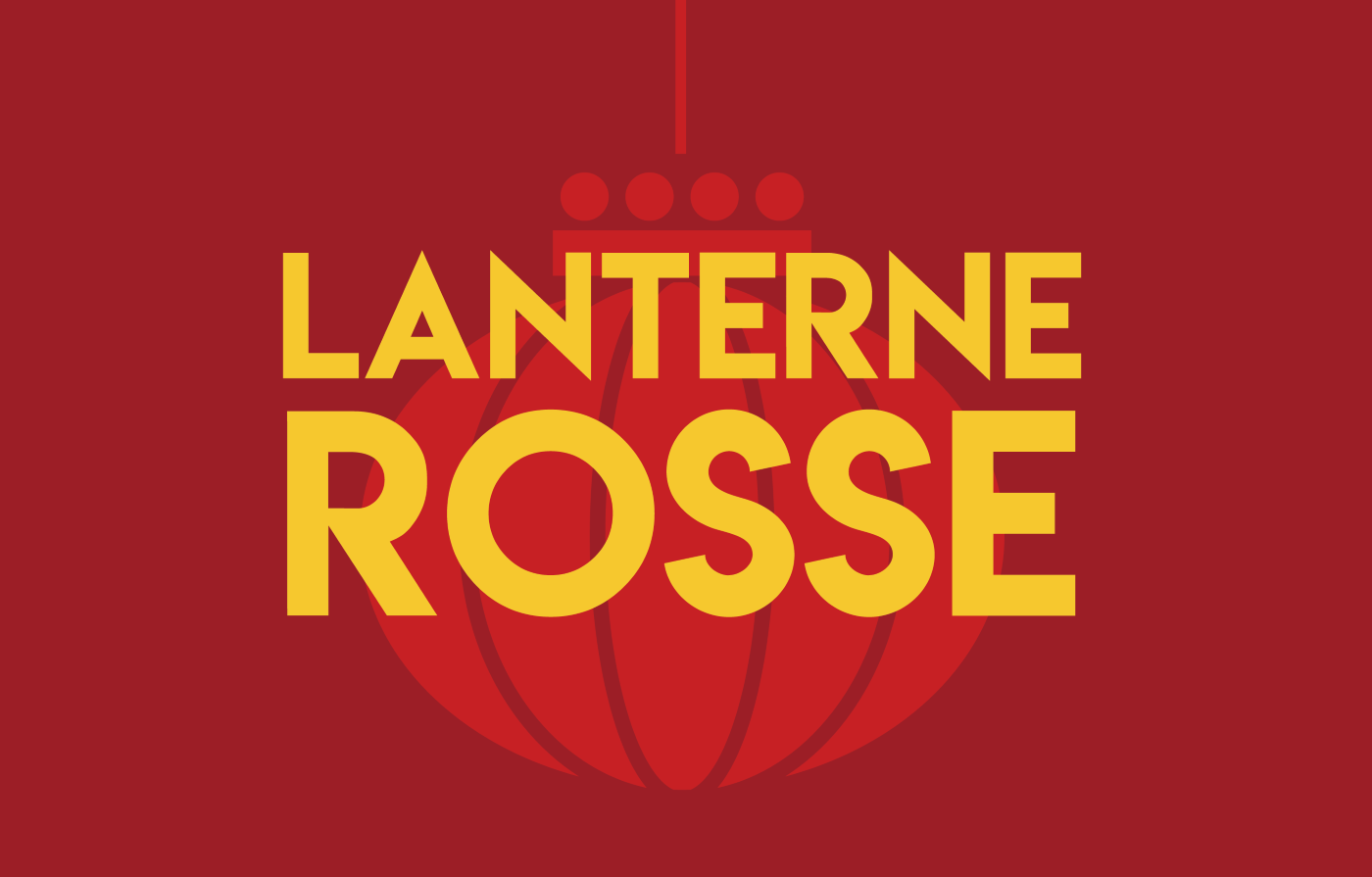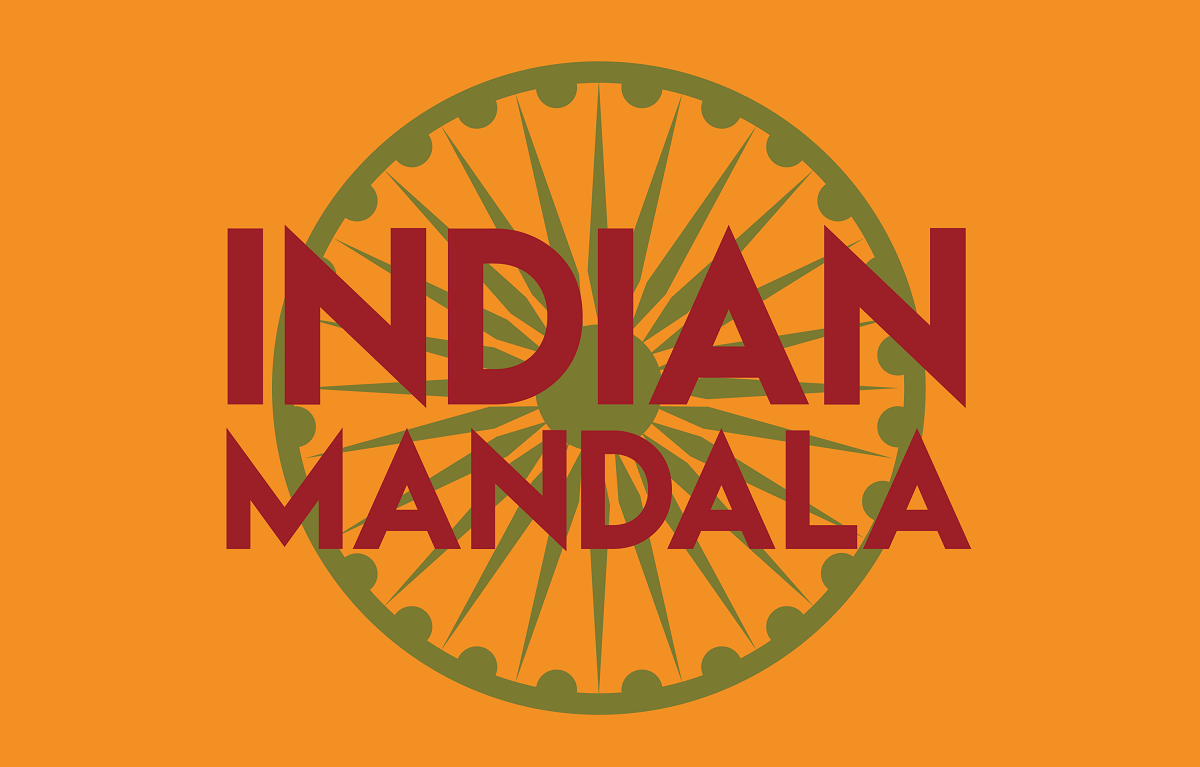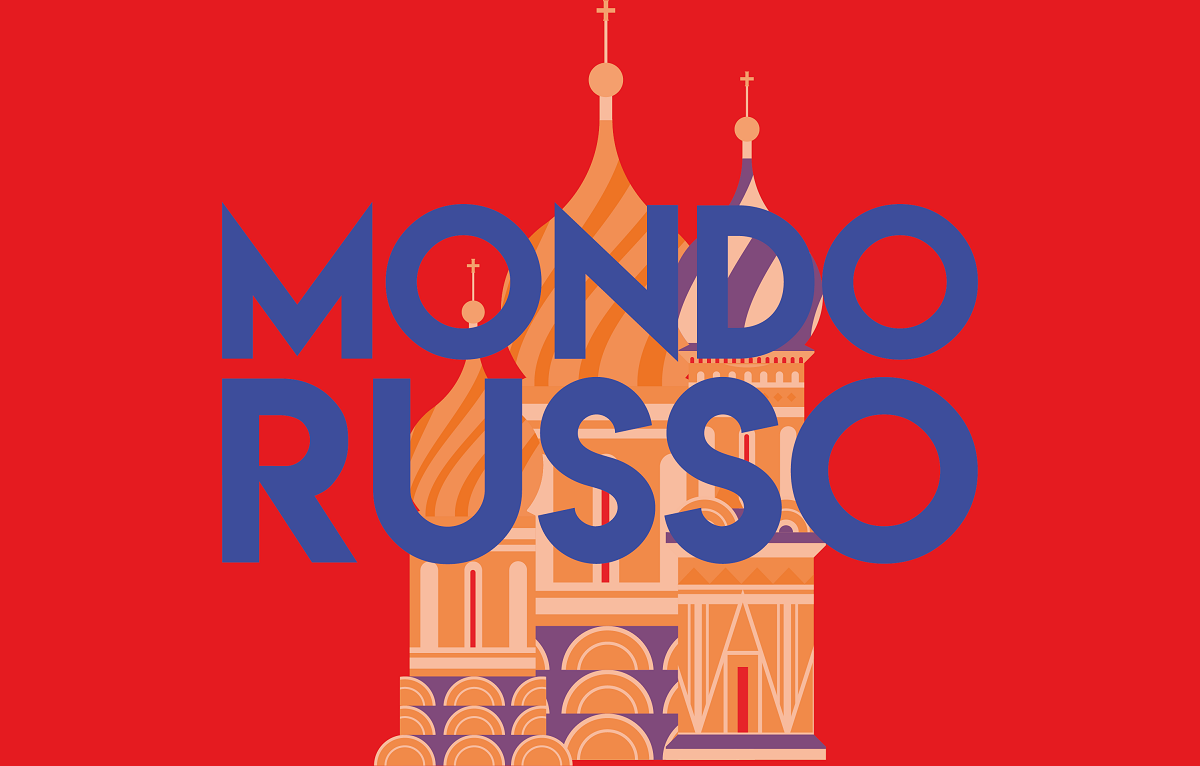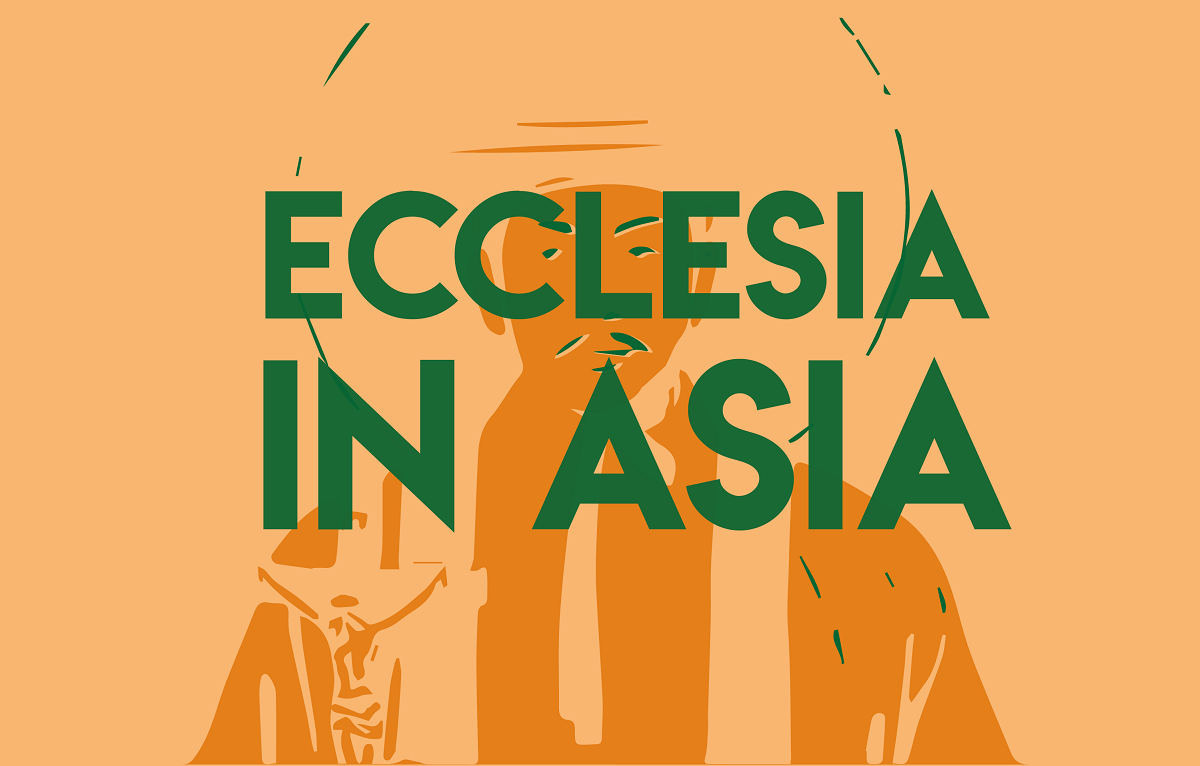On World Refugee Day, group pleads for Afghans who live in fear and neglect in Iran
Maryam Marof Arwin, founder of the Purple Saturdays Movement, spoke to AsiaNews about often inhumane conditions of Afghan refugees in Iran, which got worse following Israel’s recent strikes. At least one Afghan has died so far from an airstrike. Women, children, dissidents, and activists risk their lives if repatriated, but even in exile they face hunger, precariousness, and discrimination. For the activist, human rights defenders must promote respect for humanitarian law.
Kabul (AsiaNews) – Today, 20 June, is World Refugee Day, an international observance that puts the spotlight once again on people forced to flee their homes in search of safety.
Maryam Marof Arwin chairs the Purple Saturdays Movement (PSM), an NGO that fights for the rights of women and persecuted minorities in Afghanistan.
Speaking to AsiaNews, she notes that “even prior to the recent Israeli attacks on Iranian territory, Afghan refugees, particularly women and children, were living under extremely difficult and inhumane conditions.”
In fact, “Systematic discrimination, deprivation, constant fear of forced return to Afghanistan, and daily experiences of insult and humiliation had become normalised aspects of their lives.”
Meanwhile, an 18-year-old Afghan man, Abdul Wali, died yesterday as a result of an Israeli airstrike in Iran. According to local agencies, he had moved to the country six months ago in search of work.
Since the Taliban returned to power in 2021, the economic and humanitarian situation in Afghanistan has deteriorated. International agencies estimate that at least 22.9 million people – nearly half of the population of 46 million – will need humanitarian assistance this year. Around 30 per cent of the population is acutely food insecure, with 3.5 million malnourished children.
Iran and Pakistan, which host the largest number of Afghan refugees, have been sending them back since 2023, further exacerbating the country’s humanitarian crisis.
The exact number of Afghans in Iran is unknown, but the UNHCR and the Iranian government estimate that between 3 and 5 million Afghans live in Iran, including 780,000 who are registered as refugees while the rest are undocumented or temporary residence permit holders.
Afghans are also the largest nationality in Iranian prisons (95 per cent of foreign inmates), usually arrested on charges of drug trafficking, theft and illegal border crossing. According to the Iran Human Rights Organization, about 80 Afghans were executed in 2024, and at least 25 more were killed in the first months of this year.
Maryam Marof Arwin, who also founded the NGO Afghanistan Women’s and Children Strengthen Welfare Organisation (AWCSWO) in 2017, explains that many refugees have been forced to flee Israeli attacks and move to other parts of Iran.
The Purple Saturdays Movement is made up mostly of human rights defenders, women who oppose the Taliban’s obscurantist regime, journalists and former members of the Afghan military with their families, whose lives and those of their loved ones would be in danger if they returned to Afghanistan.
“These refugees are currently enduring severe humanitarian and security conditions, with many lacking access to even the most basic necessities such as drinking water, food, medical care, and adequate shelter,” Arwin laments.
The Purple Saturdays Movement has provided modest assistance, relocating some Afghan women from Tehran to other cities such as Karaj, after raising around 2.5 million Iranian tomans (USD .60) to cover immediate costs, far from what is needed.
“This small contribution was only sufficient to cover a fraction of their basic needs, and the overall situation remains extremely critical and alarming,” said Arwin.
“Afghan refugees in Iran,” she added, “particularly the families to whom we have been able to provide only limited and modest financial support, are currently living in a state marked by fear, anxiety, and abandonment. These families, who fled the Taliban with great hope and managed to secure minimal shelter in Iran,”
The Purple Saturdays Movement was created in Afghanistan two days after the Taliban took over Kabul, on 17 August 2021.
Maryam Marof Arwin, who also organised some women's protests against the Taliban, believes “that the only way to overcome the current situation especially for women, vulnerable ethnic groups, and religious minorities is through strategic, intellectually grounded, and organised resistance aimed at weakening the Taliban regime and its extremist ideology.”
Explaining the meaning of the group’s name, she said that “Saturday symbolises a new beginning, and purple is the colour of hope and strength. Therefore, “Purple Saturdays” represents a renewed leap of hope and power at the height of despair.
“But why do we refer to it as ‘the height of despair’? Because after the Taliban’s takeover of Afghanistan, a profound sense of hopelessness engulfed the country, particularly its women. Many believed that everything had come to an end, and that we had only two options: To flee Afghanistan at any cost, or to stay and become obedient citizens under Taliban rule. We chose a third path: We neither fled nor surrendered. We overcame the darkness of despair and decided to stay in Afghanistan, to resist”.
The group now consists of seven specialised committees that range from health and sports to women’s political leadership, art and culture, national mobilisation against the Taliban, and the protection of vulnerable ethnic groups, religious minorities, dissident journalists and former Afghan government personnel. Their activities extend to the protection of children, refugees and all those affected by the Taliban’s repressive policies.
“In one recent and heartbreaking testimony, a woman said: ‘I left my home to stay alive, but now I don’t know when I will die of hunger and homelessness’,” adding that, “‘This life, where fear has taken root in every part of it, is unbearable for me.”
“The Purple Saturdays Movement is currently focusing its efforts on raising awareness about the situation of Afghan refugees in Iran. [. . .] Nevertheless, if these individuals now face conditions in Iran that mirror or even exceed the suffering they endured in Afghanistan, this constitutes a double victimisation”.
Maryam Marof Arwin’s appeal is one for peace and solidarity and is addressed to all human rights activists in Afghanistan, Iran and Israel, “to stand in solidarity, and to take united, practical steps toward defending the lives of civilians and victims of war and forced displacement”.
Afghan refugees in Iran need “collective advocacy and meaningful cooperation.” For this reason, she urges the United Nations to reiterate “unequivocally that targeting civilians constitutes a war crime under the principles of international humanitarian law.”





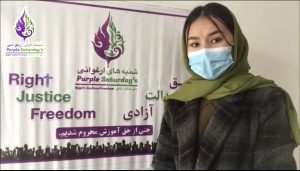
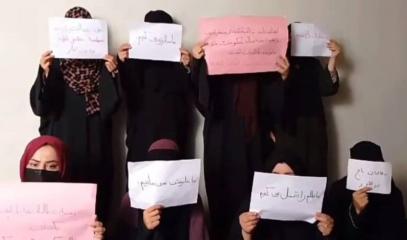

.png)

